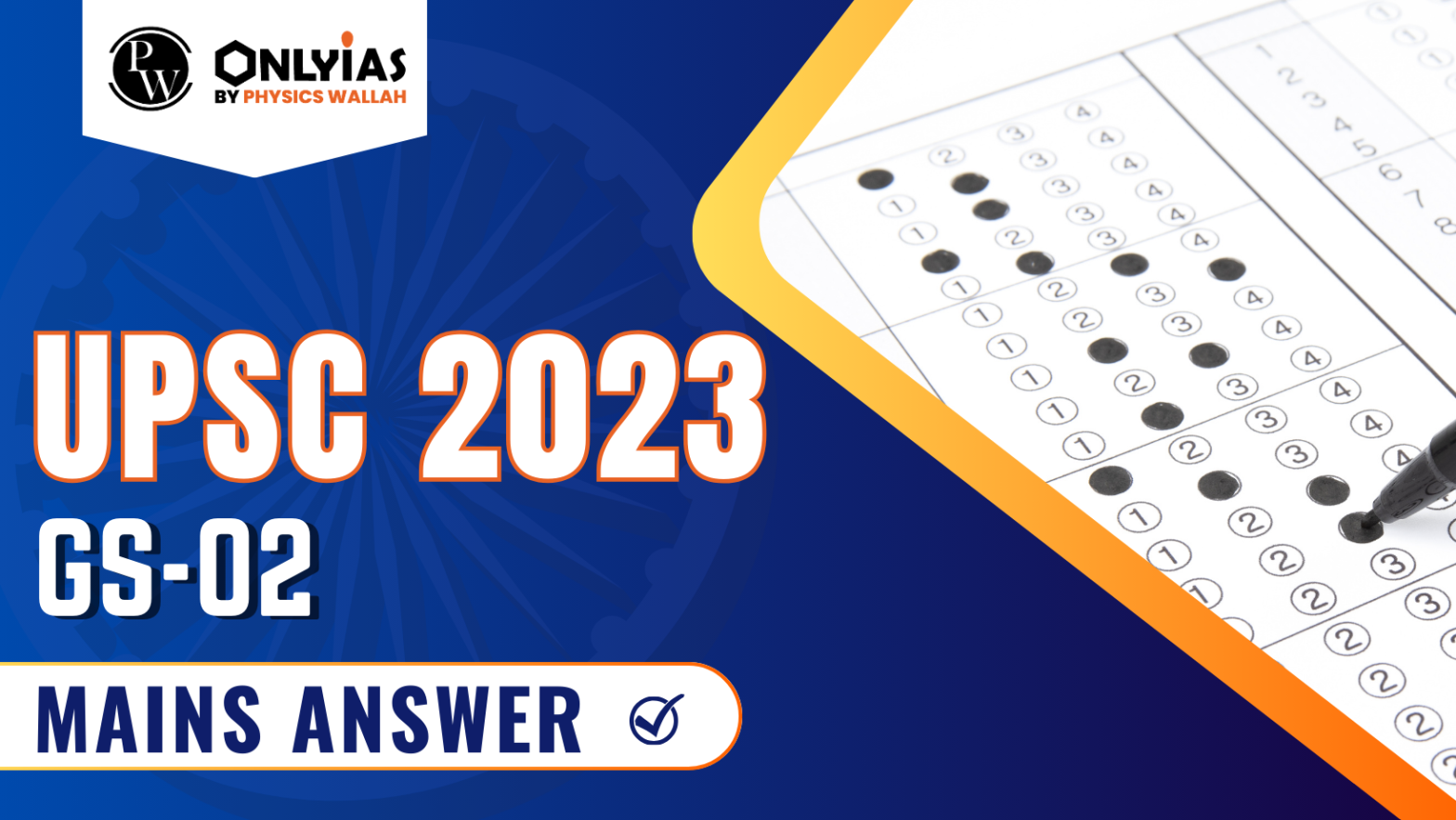Discuss the vital role of civil society groups in promoting effective and meaningful participation and representation of women in state legislatures in India. Uncover their significant contributions and impact.

Q14. Discuss the contribution of civil society groups for women’s effective and meaningful participation and representation in state legislatures in India.
| How to approach the question
Introduction ● Write about civil society groups and significance of women in state legislatures briefly Body ● Write about the contribution of these groups for women’s effective and meaningful participation and representation in state legislatures ● Write challenges faced in this regard ● Write suitable way forward Conclusion ● Give appropriate conclusion in this regard |
Introduction
Civil society groups are non-governmental organizations and institutions that represent the interests and will of citizens. In the context of India, they have played a pivotal role in encouraging women’s representation in state legislatures, which is vital for a balanced and inclusive democracy that truly represents the diverse populace of the nation.
No state has more than 20% women representation in its Assembly. Chhattisgarh has the highest representation with 18% women MLAs, while Himachal Pradesh has just one-woman MLA and Mizoram has none. Both men and women have more than 75% attendance in Lok Sabha
Body
Contribution of Civil Society Groups for Women’s Effective Participation and Representation
Challenges
Way Forward
Conclusion
Overall, the contributions of civil society groups have initiated a positive change, albeit there is a considerable journey ahead. Enhancing educational interventions, ensuring safety, and promoting financial backing are critical paths to forge a future where women are not just spectators but active participants and leaders in the democratic processes.
| For a Detailed explanation of the UPSC GS-01 Mains question 2023, click here.
For a Detailed explanation of the UPSC GS-02 Mains question 2023, click here. For a Detailed explanation of the UPSC GS-03 Mains question 2023, click here. For a Detailed explanation of the UPSC GS-04 Mains question 2023, click here. |
This is a demo FAQ to show how questions and answers can be displayed.

<div class="new-fform">
</div>